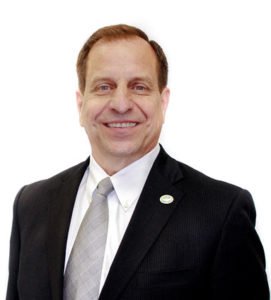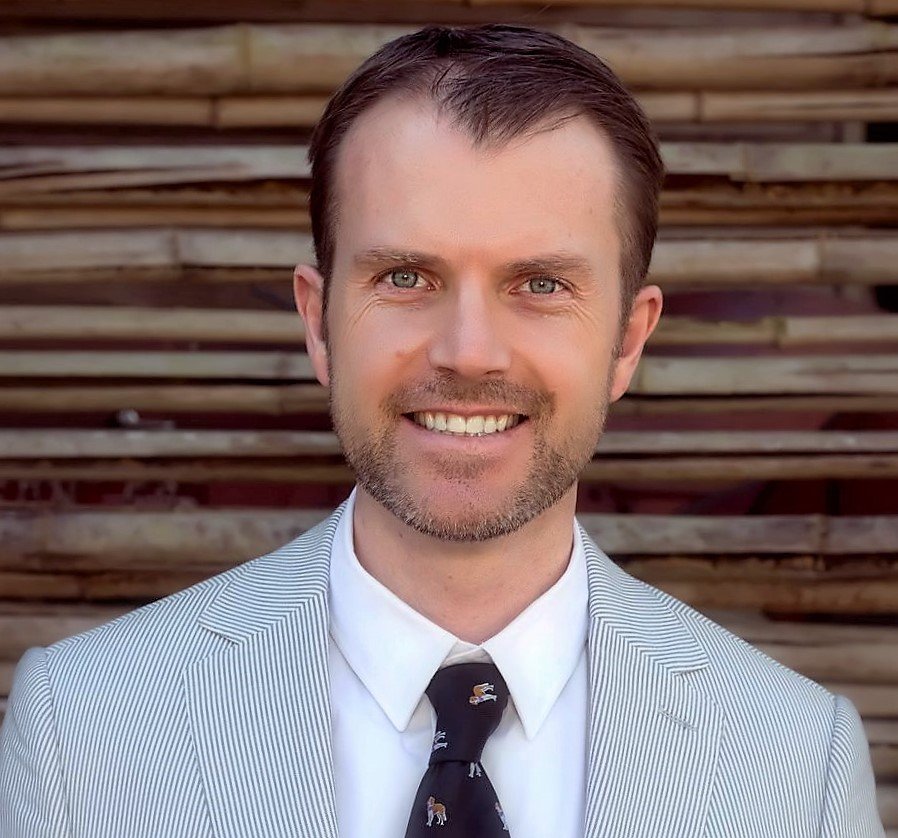
Neil Howe: Hello and welcome to the show. This is your host Neil Howe and our special guest today is Pat George. Pat has been the President and CEO of the Valley Hope Association since July 2015. He has served on the Board of Directors since 2003. He has a distinguished career in business and public service, he was the Kansas Commerce Secretary from 2010 to 2015 and served in the Kansas House of Representative for six years. Pat has a 25-year track record of starting and building successful business ventures from his family’s automobile dealership to real estate developments to professional sports. He is dedicated now to helping those suffering from addiction, one person at a time, honorably and respectfully. Welcome to the show Pat.
Pat George: It’s great to be here. I appreciate any time that I get now to talk about what we do here at Valley Hope and it’s certainly not about Pat George. But I’ve been prepared as I look back over my last 25 years to be part of this great organization that just celebrated its 50th-anniversary last weekend. I recently celebrated 25 years of being drug and alcohol-free, I’m actually a byproduct of the Valley Hope way of treating and dealing with the addiction problem. Not only do I work in the industry but I have benefited from the treatment process myself as well as my father. My father was one of the first patients back in 1968 at the Valley Hope Facility back then. To get a chance to come work for an organization that saved my life is quite an honor.
Neil Howe: Well congratulations on 25 years of being drug and alcohol-free. It is an extremely important position that you’re holding there at Valley Hope. Let’s really get into it because this is a major problem in this country, basically briefly describe to me … I know you could talk forever about this but what is drug rehab?
Pat George: Well that’s a good question and many people ask that, including many in the medical profession. We’ve been working on educating those that come across the people that are suffering from this disease of addiction and some of the people, the professions that we’re working with are the doctors and other healthcare professionals as well as those in ministries. Different ministers, priests, rabbis talk to us about a number of parishioners that come to them with a problem. What do you do? That’s what the doctors say. I’ve received local training when it comes to addiction, typically it’s a pretty sensitive subject. If I bring it up I’ll probably offend my patient who’s often times been coming to see me and we have a friendship. He’s going to be upset about it but yeah, I care enough and that’s what I do for a living. Then after I bring it up I don’t know what to do.
That’s where our education process has been increased and many other treatment centers are doing the same. Let me describe a typical time. I’ll describe myself, Pat George. When I checked into treatment 25 years ago I was … A number of assessment tasks were given to me as well as physical to determine my physical state. It’s a pretty rigorous process, and then plus many times there’s a physical addiction as well as the mental addiction, so to assess the type of detox that I need. I would say 99% of the patients that present at Valley Hope and at most treatment centers are of the severe category and detox is needed. At Valley Hope, our detox rooms are monitored 24-7 by a nurse. There could be medications that are involved to ease the withdrawal symptoms that can be deadly, especially with this increase in opioids which we’ll get to here in a little bit.
But alcohol is a really tough detox as well and can be deadly. We try to make that process as less painful as possible. Then also with opioids, we might introduce some anti-craving medication at that same time. For myself, I was in the detox room for three days before I moved into what we would call the general population. That detox could last from 24 hours up to ten days, just everyone’s different. We’d monitor them individually. My typical day being in treatment after the detox process would be to start with breakfast at 7:00 in the morning and then there’s an optional chapel service at 7:45. Then our first group is at 8:05 and this is what we call communication, where you get your assignment, your visit with your counselor, what time your appointment is. At Valley Hope, we’re a little unique. You’re assigned both a counselor and a chaplain.
We believe that the spiritual aspect is part of the three-legged stool so to speak, physical, mental and spiritual. We’re not a specific faith-based organization but we certainly believe in spiritual recovery as part of the process. After the 8:00 we’d have a 9:00 lecture dealing with the education of what addiction, what it is and how it affects you. Then in between 10:00 and 11:00 you might visit with your counselor or your chaplain. At 11:00 typically there’s another lecture, mainly dealing with the self-help groups and the 12 steps. Then in the afternoon, there would be maybe a small group or some specific … There might be a group for parents or a female or male group that would get together and would be very therapeutic. Then at the end of the day, our patients are encouraged to take part in a 12-step program, Alcoholics Anonymous or Narcotics Anonymous or Cocaine Anonymous or something.


